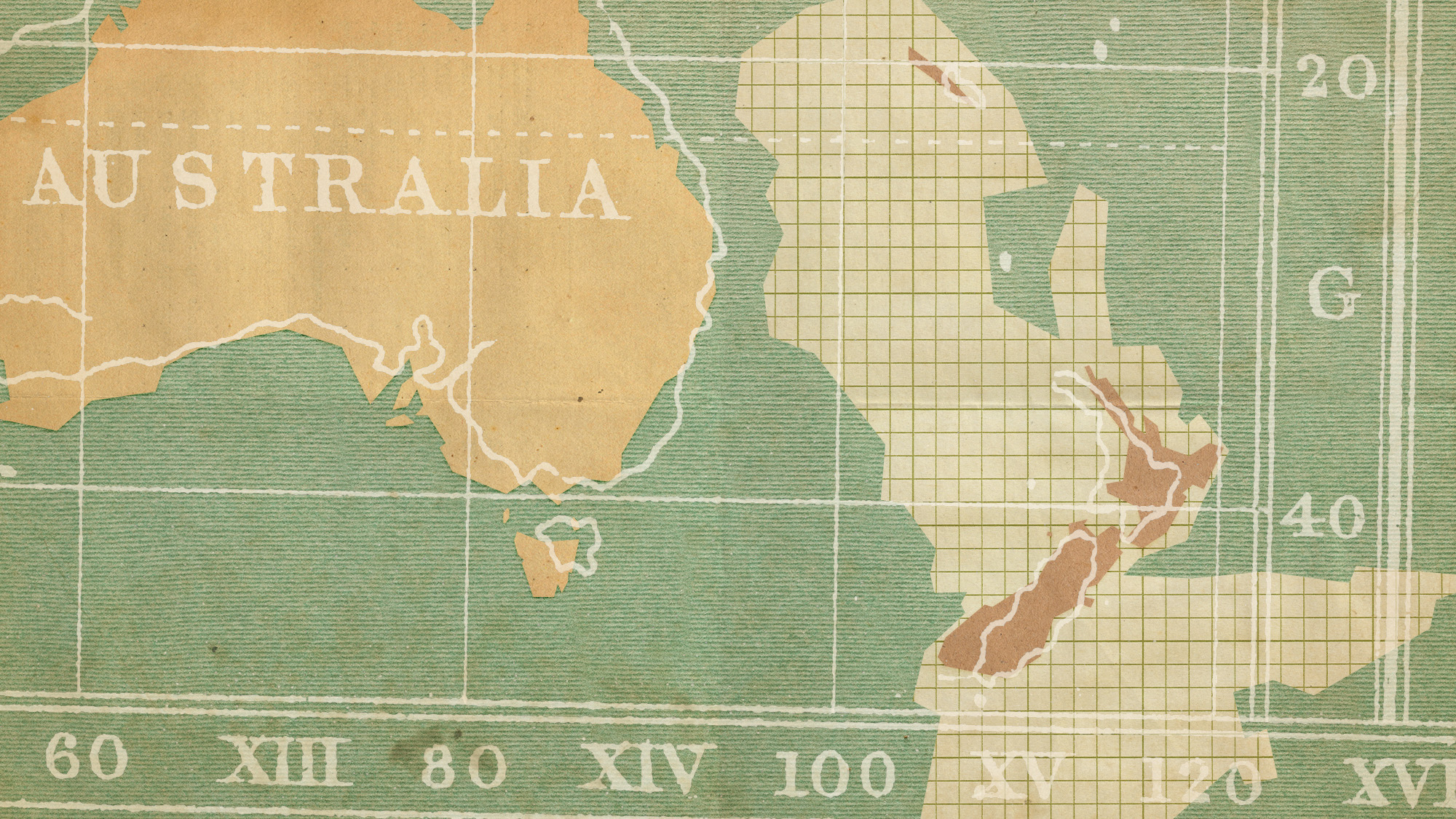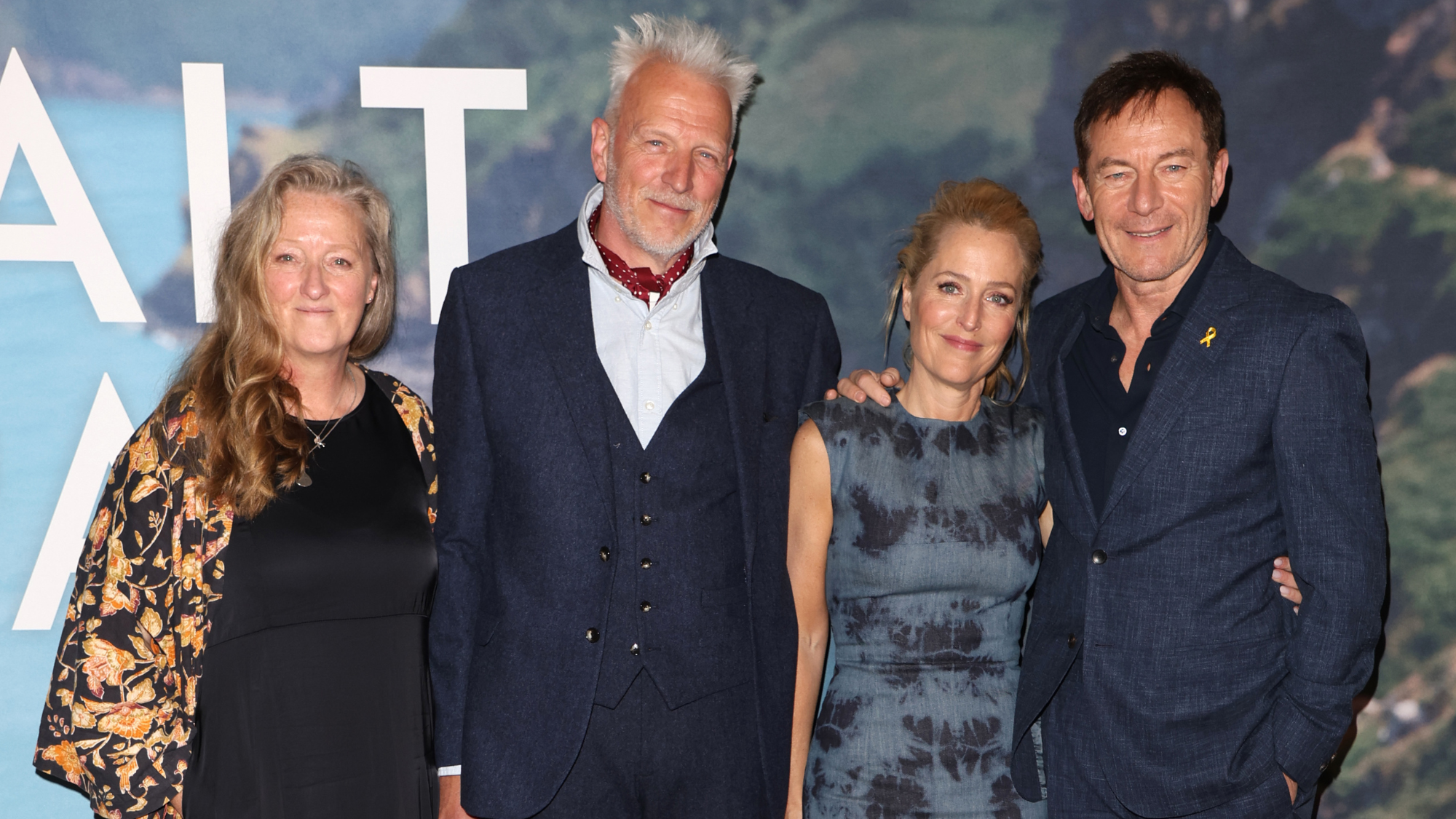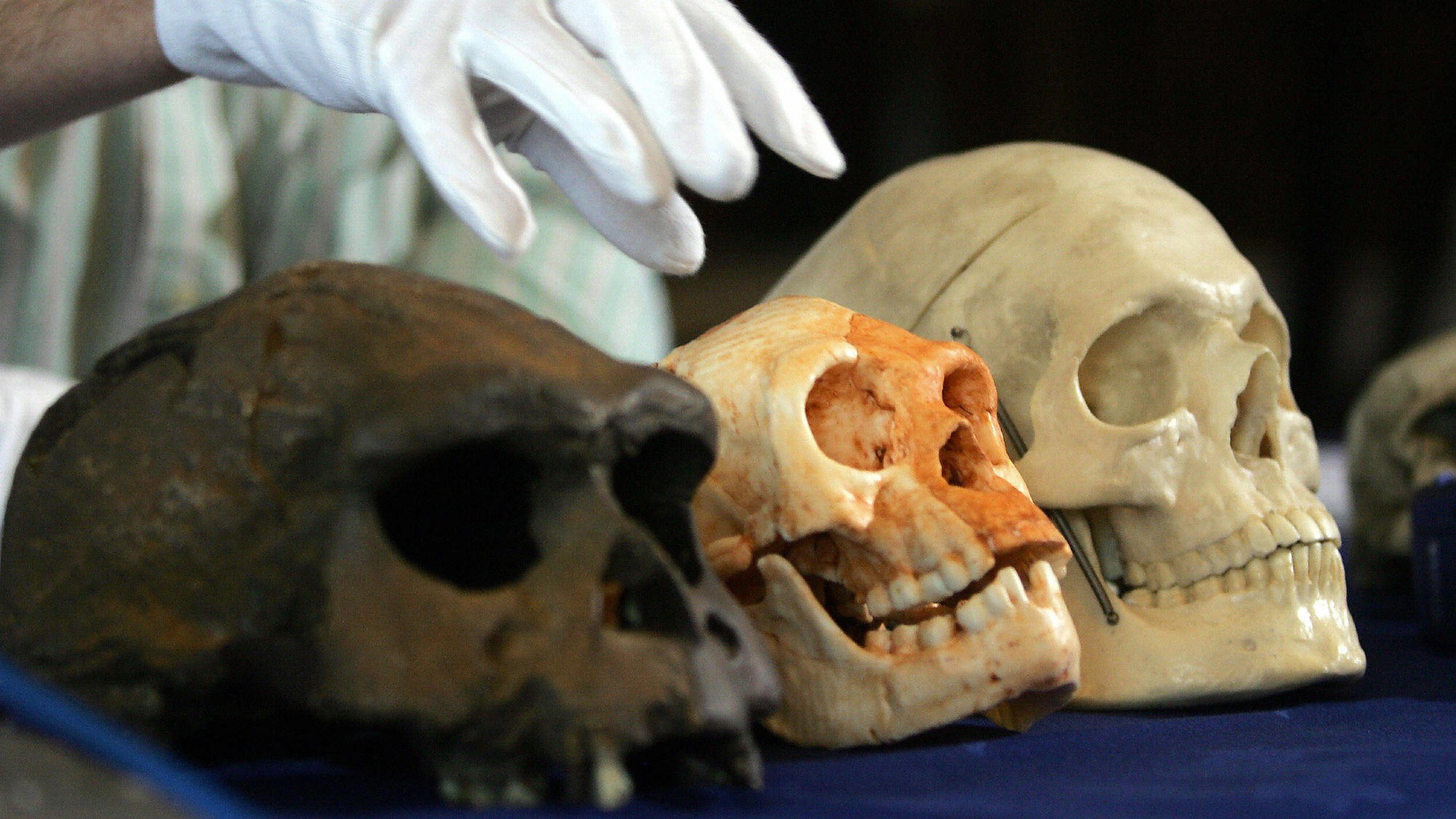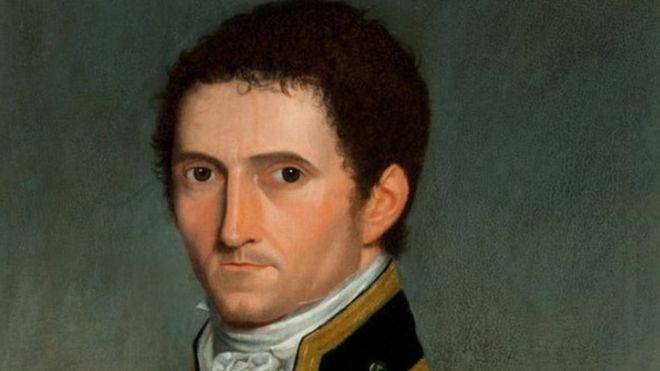All about Zealandia, the Earth's potential 8th continent
The secret continent went undiscovered for three centuries


Beneath the South Pacific Ocean lies a microcontinent that was hidden for over 300 years. Zealandia, which separated from Australia millions of years ago and was once Earth's eighth continent, is a "geological time capsule," said The Brighter Side, and holds valuable information about the planet's history. Recently, scientists mapped Zealandia, bringing light to some of the unknowns.
What is Zealandia?
Zealandia is a landmass that "broke off from Antarctica about 100 million years ago, and then from Australia about 80 million years ago," National Geographic said. It was originally a part of the supercontinent Gondwana, but mainly became covered by water. The microcontinent is "about half the size of Australia, but only 7% of it is above sea level." In order to be classified as a continent, a landmass needs to meet specific criteria regarding "elevation, geology, crustal structure and area," all of which Zelandia met, said Good Magazine. The country of New Zealand and some surrounding islands make up the exposed portion of Zealandia.
The 1.89 million square mile continent had been "hiding in plain sight" for almost 375 years with experts speculating whether it existed at all, said the BBC. Zealandia became submerged before humans populated the region. The first to hint at the continent's existence was explorer Abel Tasman, who claimed he found "the great southern continent" when he came upon the South Island of New Zealand in the 1600s.
The Week
Escape your echo chamber. Get the facts behind the news, plus analysis from multiple perspectives.

Sign up for The Week's Free Newsletters
From our morning news briefing to a weekly Good News Newsletter, get the best of The Week delivered directly to your inbox.
From our morning news briefing to a weekly Good News Newsletter, get the best of The Week delivered directly to your inbox.
Europeans, at the time, believed that there was one large southern continent that they called Terra Australis, that spanned from the south pole up to even as high as 60 degrees south latitude, according to Oxford Reference. Later on, this "continent" was discovered to be two continents: Antarctica and Australia. However, there was a missing continent all along.
How was Zealandia discovered?
Zealandia was only officially discovered in 2017 by a group of geologists. The road to discovery took over 100 years, with many researchers discovering pieces of evidence pointing to Zealandia's existence. The nail in the coffin was satellite data that was "used to track tiny variations in the Earth's gravity across different parts of the crust to map the seafloor," revealing the microcontinent as a "misshapen mass almost as large as Australia," the BBC said. "This is an example of how something very obvious can take a while to uncover," Andy Tulloch, a geologist at the New Zealand Crown Research Institute GNS Science and part of the discovery team, said to the BBC.
More recently, researchers have managed to map the entire area of Zealandia, according to a 2023 study published in the journal Tectonics. The experts "dredged the northern two-thirds of the submerged area, pulling up pebbly and cobbley sandstone, fine-grain sandstone, mudstone, bioclastic limestone, and basaltic lava from a variety of time periods," Popular Mechanics said. The researchers were then "able to map the major geological units across North Zealandia," by "dating the rocks and interpreting magnetic anomalies."
In analyzing the data, researchers found a "large fault zone along the south border of Zealandia," likely a "'scar' in Earth's crust, formed when Zealandia broke off from Antarctica and Australia," Forbes said. "During this process, the continental crust was stretched and thinned out." Scientists also discovered sandstone that was 95 million years old containing "older granite and volcanic pebbles," pointing to volcanic activity over 100 million years ago before the continent submerged. "This work completes offshore reconnaissance geological mapping of the entire Zealandia continent," the Tectonics study said.
A free daily email with the biggest news stories of the day – and the best features from TheWeek.com
What questions remain?
Much of Zealandia's evolution remains a mystery that scientists are still tackling head-on. A study published in the New Zealand Journal of Geology and Geophysics, for example, analyzed the sedimentary basins of Zealandia. A sedimentary basin is "any hollow on the surface of the Earth," said Lorna Strachan, a geologist from the University of Auckland, to Eos. "This can be anything from a puddle in your driveway to the Pacific Ocean." These basins "tell myriad stories of past climates, ocean currents, plate tectonics, the birth of mountain ranges, ecology and evolution," depending on what sediments accumulate.
The fault line on the border of Zealandia has been a particular point of curiosity for the researchers. It shows signs of "extensive stretching between different parts of Gondwana that eventually snapped apart to create Zealandia's surrounding sea floors," Science Alert said. Scientists are interested in learning more about how and why land stretches in this way and how it has contributed to the current layout of the Earth. "There is still much to explore, including the timing, causes and mechanisms behind [Zealandia's] significant geological changes," said the Times of India. "This comprehensive framework supports further research on New Zealand's natural hazards, resources and environment."
Devika Rao has worked as a staff writer at The Week since 2022, covering science, the environment, climate and business. She previously worked as a policy associate for a nonprofit organization advocating for environmental action from a business perspective.
-
 What new cryptocurrency regulations mean for investors
What new cryptocurrency regulations mean for investorsThe Explainer The Treasury and the Financial Conduct Authority aim to make the UK a more attractive and safer place for crypto assets
-
 The Salt Path Scandal: an ‘excellent’ documentary
The Salt Path Scandal: an ‘excellent’ documentaryThe Week Recommends Sky film dives back into the literary controversy and reveals a ‘wealth of new details’
-
 AI griefbots create a computerized afterlife
AI griefbots create a computerized afterlifeUnder the Radar Some say the machines help people mourn; others are skeptical
-
 Homo floresiensis: Earth’s real-life ‘hobbits’
Homo floresiensis: Earth’s real-life ‘hobbits’Under the Radar New research suggests that ‘early human pioneers’ in Australia interbred with archaic species of hobbits at least 60,000 years ago
-
 Matthew Flinders: explorer’s grave discovered in London
Matthew Flinders: explorer’s grave discovered in LondonSpeed Read HS2 dig unearths lost remains of celebrated navigator more than 200 years after he put Australia on the map
